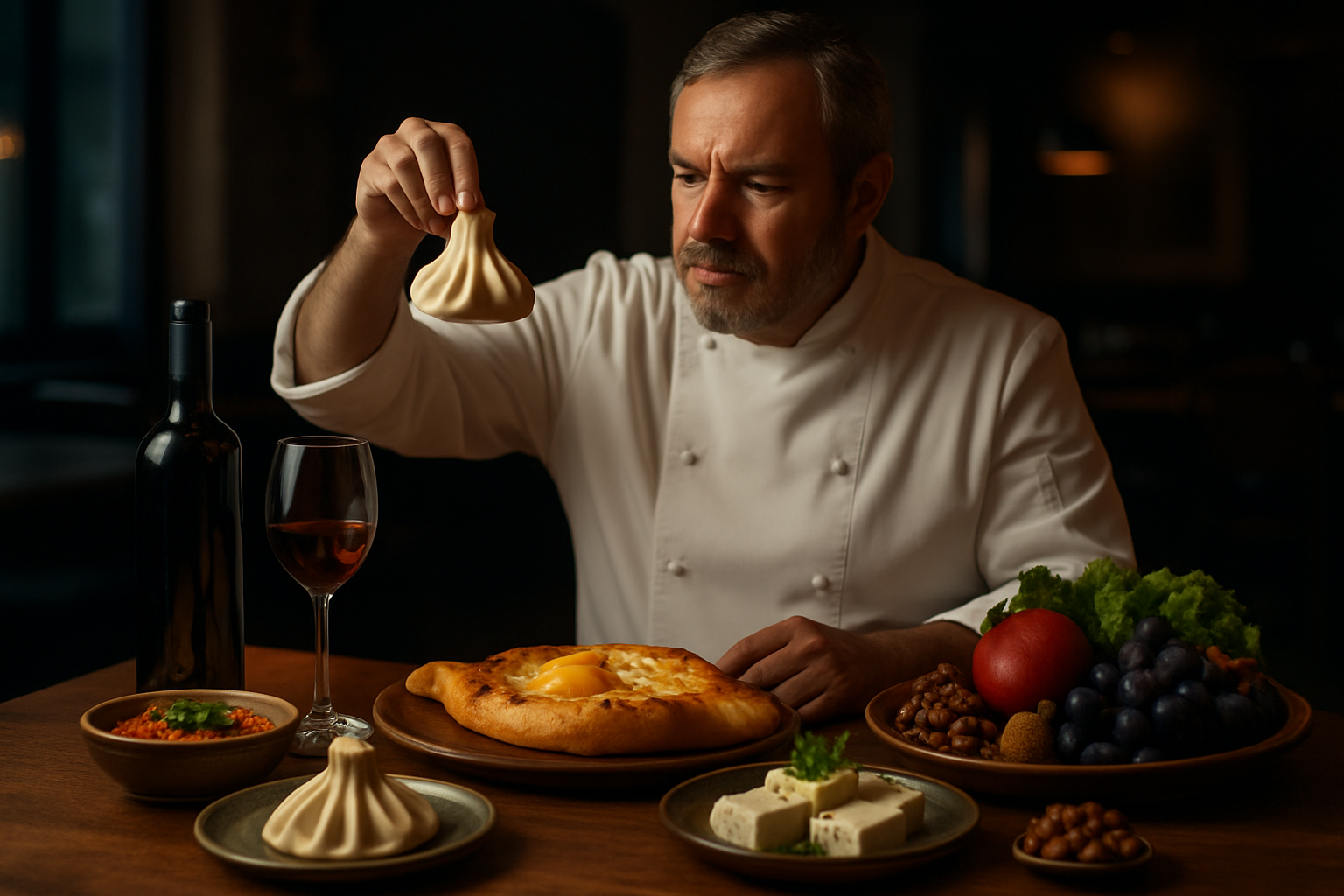Culinary Alchemy: The Art of Flavor Pairing
Embark on a tantalizing journey through the world of flavor pairing, where science meets creativity to transform ordinary dishes into extraordinary culinary experiences. Discover how unexpected combinations can elevate your cooking, expand your palate, and revolutionize your approach to meal planning. Get ready to unlock the secrets of culinary alchemy and become a master of flavor fusion.

Unexpected Pairings That Work
Some of the most exciting flavor pairings are those that seem counterintuitive at first glance. Take, for instance, the combination of strawberries and basil. While one might not immediately think to pair these ingredients, their shared aroma compounds create a refreshing and complex flavor profile. Another surprising duo is blue cheese and chocolate. The creamy, pungent notes of blue cheese complement the rich, sweet flavors of chocolate, resulting in a decadent and sophisticated taste experience. Watermelon and feta cheese is another unexpected pairing that has gained popularity in recent years. The sweet, juicy watermelon balances perfectly with the salty, tangy feta, creating a refreshing summer dish. These unconventional combinations demonstrate that thinking outside the box when it comes to flavor pairing can lead to delightful culinary discoveries. By embracing these unexpected pairings, home cooks can elevate their dishes and impress their guests with unique flavor profiles.
Mastering Contrasts and Complements
The art of flavor pairing isn’t just about finding ingredients with similar flavor compounds; it’s also about mastering the balance between contrasting and complementary flavors. This balance is what gives dishes depth and complexity. For example, the classic pairing of sweet and salty works so well because the contrasting flavors enhance each other. Think of salted caramel or prosciutto-wrapped melon. Similarly, pairing acidic foods with fatty ones can create a harmonious balance, as seen in the classic combination of lemon and olive oil in salad dressings. Umami, the savory fifth taste, can be used to enhance other flavors. Adding a umami-rich ingredient like Parmesan cheese to a dish can amplify its overall flavor profile. Understanding how to balance these taste elements is key to creating well-rounded, satisfying dishes. By experimenting with different flavor contrasts and complements, cooks can develop their own unique culinary style and signature dishes that tantalize the taste buds.
Global Inspirations for Flavor Fusion
Drawing inspiration from global cuisines can lead to exciting new flavor combinations. Many traditional dishes from around the world showcase unique pairings that have stood the test of time. For instance, the Mexican mole sauce combines chocolate with chili peppers, creating a rich and complex flavor profile. In Southeast Asian cuisine, the combination of fish sauce and palm sugar creates a perfect balance of salty and sweet. Indian cuisine often pairs cooling yogurt with spicy curries to balance heat and add creaminess. By exploring these global flavor combinations, we can incorporate new and exciting tastes into our own cooking. Fusion cuisine takes this concept even further, blending flavors and techniques from different culinary traditions to create entirely new dishes. This global approach to flavor pairing not only expands our culinary horizons but also promotes cultural exchange through food. As we become more interconnected, the possibilities for innovative flavor combinations are endless.
Elevating Everyday Dishes
Applying the principles of flavor pairing can transform even the most basic dishes into gourmet experiences. For example, adding a sprinkle of sea salt to a chocolate dessert can enhance its sweetness and complexity. Drizzling honey over a spicy pizza can create a delightful sweet-heat combination. Even simple sandwiches can be elevated by considering flavor pairings; try adding sliced pears to a grilled cheese sandwich for a sweet and savory twist. In beverages, experimenting with flavor pairings can lead to unique and refreshing combinations. For instance, adding a sprig of rosemary to a gin and tonic can bring out the botanical notes in the gin. By thinking creatively about flavor combinations, we can turn everyday meals into extraordinary culinary experiences. This approach not only makes cooking more exciting but also helps us appreciate the nuances of different ingredients and how they interact with each other.
Useful Tips for Flavor Pairing
-
Start with classic pairings and gradually experiment with more unusual combinations
-
Consider texture as well as flavor when pairing ingredients
-
Use herbs and spices to bridge flavors between different ingredients
-
Don’t be afraid to mix sweet and savory elements in a dish
-
Pay attention to seasonality when choosing ingredients to pair
-
Use small amounts of strongly flavored ingredients to avoid overpowering the dish
-
Keep a flavor journal to record successful (and unsuccessful) pairings
-
Experiment with different cooking methods to bring out different flavors in ingredients
Flavor pairing is a journey of discovery that can transform your approach to cooking and eating. By understanding the science behind flavor combinations, embracing unexpected pairings, and drawing inspiration from global cuisines, you can create dishes that are both innovative and delicious. Remember, the key to successful flavor pairing is experimentation and an open mind. Don’t be afraid to try new combinations - you might just stumble upon your next favorite dish. As you continue to explore the world of culinary alchemy, you’ll develop a more refined palate and a deeper appreciation for the complex interplay of flavors in food. So go ahead, break the rules, and let your taste buds guide you on an exciting culinary adventure.




